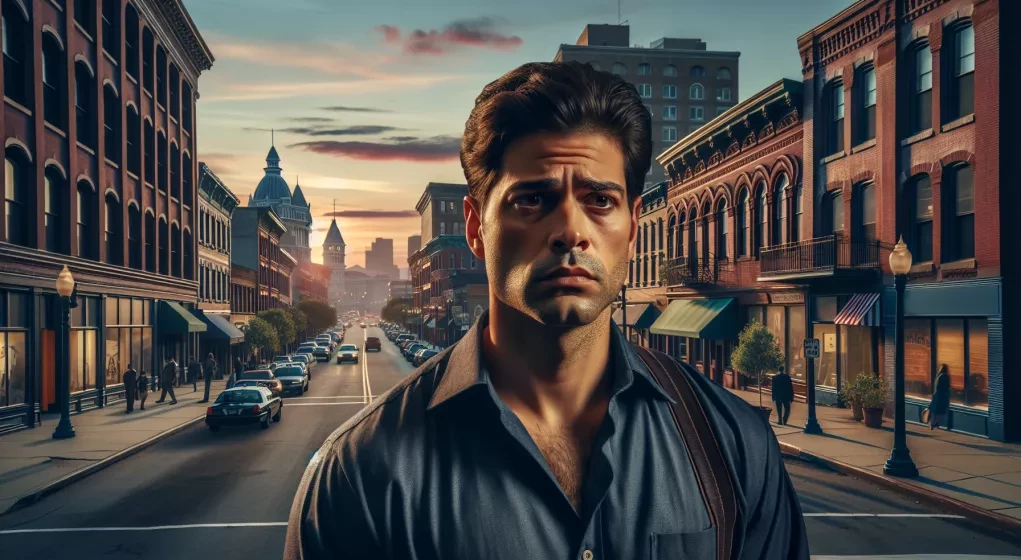In the tapestry of misdeeds that thread through Queensland’s vibrant streets, an incident emerged with the hues of a poorly-scripted drama, yet hidden within its folds was a narrative of harrowing darkness and survival. In the sun-soaked coastal life of Townsville, a pub quiz under the watchful eye of an unsuspecting quizmaster nearly became the stage for a bungled heist—a scene seemingly ripped straight from a satirical crime flick.
Shane Christopher Lees, a 44-year-old self-employed DJ with a life’s playlist of beats and rhythms, found himself embroiled in a scenario far removed from his turntables. His impromptu act, an attempt to pilfer a book and a mobile phone while brandishing kitchen knives—implements more suited to a chef than a burglar—played out to a resistant victim and witnessed a hasty retreat. Yet, this story was no simple footnote of a thwarted robbery.
The Townsville Bulletin painted a picture of the man at the center: Shane Christopher Lees, not just a suspect, but also a victim, a survivor of a scenario that could chill the blood. Just hours prior to his desperate gambit at the pub, Lees had tasted freedom from a monstrous captivity of movie-like villainy—trapped by villainous extortionists, shackled in zip ties, staring down the cold barrel of a shotgun, all for the sordid price tag of thousands of dollars extracted daily.
His turmoil wasn’t invisible; it left scars, invisible and indelible, on his psyche. While his arrest came adorned with charges of attempted armed robbery and resisting law enforcement—he thrashed like a shark caught in a net—it was his account of kidnapping and the substantiated PTSD, as detailed by a psychologist, that unveiled his true ordeal.
Prior to this cataclysm of events, Lees’ intentions were mundane: to purchase a vehicle in Townsville. Fate, however, dealt him a tumultuous hand at the Ville Casino Resort, where his fortunes ebbed and flowed on the green baize. Fortune led to folly as a friendly chat with two women about motorcycle aspirations spiraled into an abduction by a cabal who saw not a man, but a walking, talking treasury.
The narrative crested as Lees, by wit or by will, loosed his bonds and fled through a window while his captors slumbered in the depths of their den—a desperate dash for life itself.
The gavel fell not with a finale of imprisonment but with freedom—a two-year sentence lessened by a half year in consideration of the surreal prelude to his courtroom drama. Judge Gregory Lynham, moved by the extraordinary web of events, acknowledged the time already wrought behind bars, and parole stretched forth its hand to Lees.
Shane Christopher Lees’s saga drew to a close in the courtroom as he stumbled into the daylight a free man, his limbs unchained, his life his own once more. Tears marked the chapters closed, as he faced an uncertain but liberated path ahead.
Meanwhile, as Lees steps into the anonymity of the crowd, those who fashioned his nightmare await their own rendezvous with justice’s unflinching eyes, their tales yet to unspool in the court’s austere theatre.






